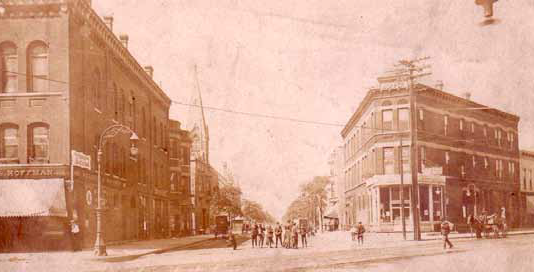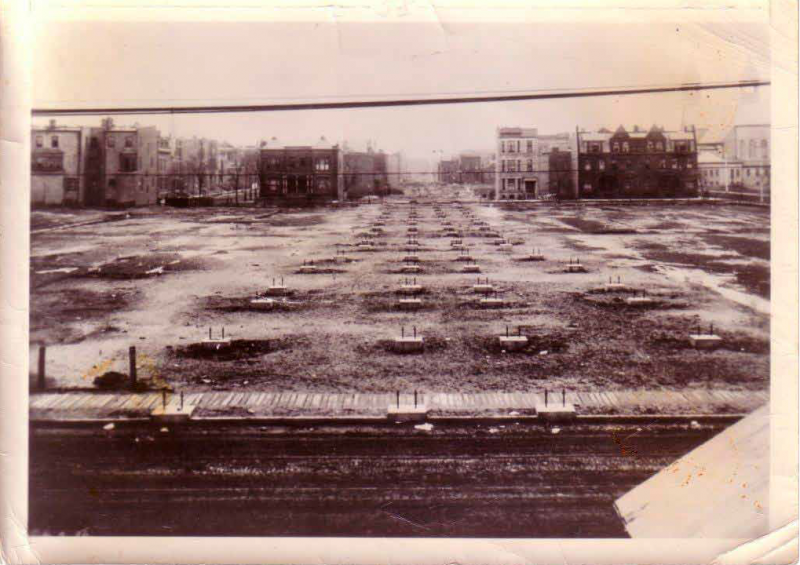
Every year the Primary Source Awards recognize innovations in teaching that encourages students to use primary sources. This year Edward Udovic, Vice President of Teaching & Learning and Senior Executive for University Mission, DePaul University, has received the 2013 Primary Source Award for Teaching for his "The Lincoln Park Neighborhood: Then and Now" course.
DePaul University offered "The Lincoln Park Neighborhood: Then and Now" as a first-year-experience course during fall 2012 as part of the "Chicago Quarter" program. The Chicago Quarter program aims to "acquaint first-year students at DePaul with the metropolitan community, its neighborhoods, cultures, people, institutions, organizations and urban issues." This course incorporated the discovery and use of primary source materials held at DePaul University and the Chicago History Museum into a number of course assignments, including critical, reflective learning journals. For their final project, the students are assigned a year in the university’s history and a theme such as women, sports, or advertising, and compare the past with the present, and an oral final examination.
"We look at Lincoln Park as a neighborhood," Udovic explains. "It was incorporated as part of the city in 1857, and went from farmland to an urban neighborhood university in four decades. How did that happen?" By examining primary sources, the students trace the evolution of their city, "and see how LP as a neighborhood continues to evolve, going from a blighted area to one of the most affluent zip codes in the U.S.
"We do a lot of walking tours," he continues. "For example, one block, Kenmore between Webster and Dickens, can depict the whole housing history in Chicago, from farmhouse to McMansions. Or students are shown a postcard showing an intersection in 1900, and then go to that intersection to see what it looks like now."
Udovic designed the course to provide students with the opportunity to engage primary source materials documenting the history of DePaul University, Lincoln Park, and the City of Chicago directly, and to reflect critically on the broader, historical forces that shaped the development of local history and the communities in which they have come to live and learn. The course examined the "then" and "now" of these symbiotic relationships. Students gained insight into how human beings geographically site their settlements, and the impact over time of this development as influenced by changes in population, technology, culture, economics, architecture, engineering, and other factors. In the course syllabus, Udovic explained, "In the end, this study will hopefully lead to questions about what [is] next for Chicago? What next for the Lincoln Park Neighborhood? What next for DePaul University? History’s ultimate value is to prepare us for future questions, future decisions."

Providing a structured introduction to urban, local, and educational history, as well as museum and material culture studies, Udovic’s course ensured that first-year students at DePaul engaged with primary source materials from their first days at the university, and developed an initial awareness of the role that special collections, archives, and museums may play in their undergraduate education.